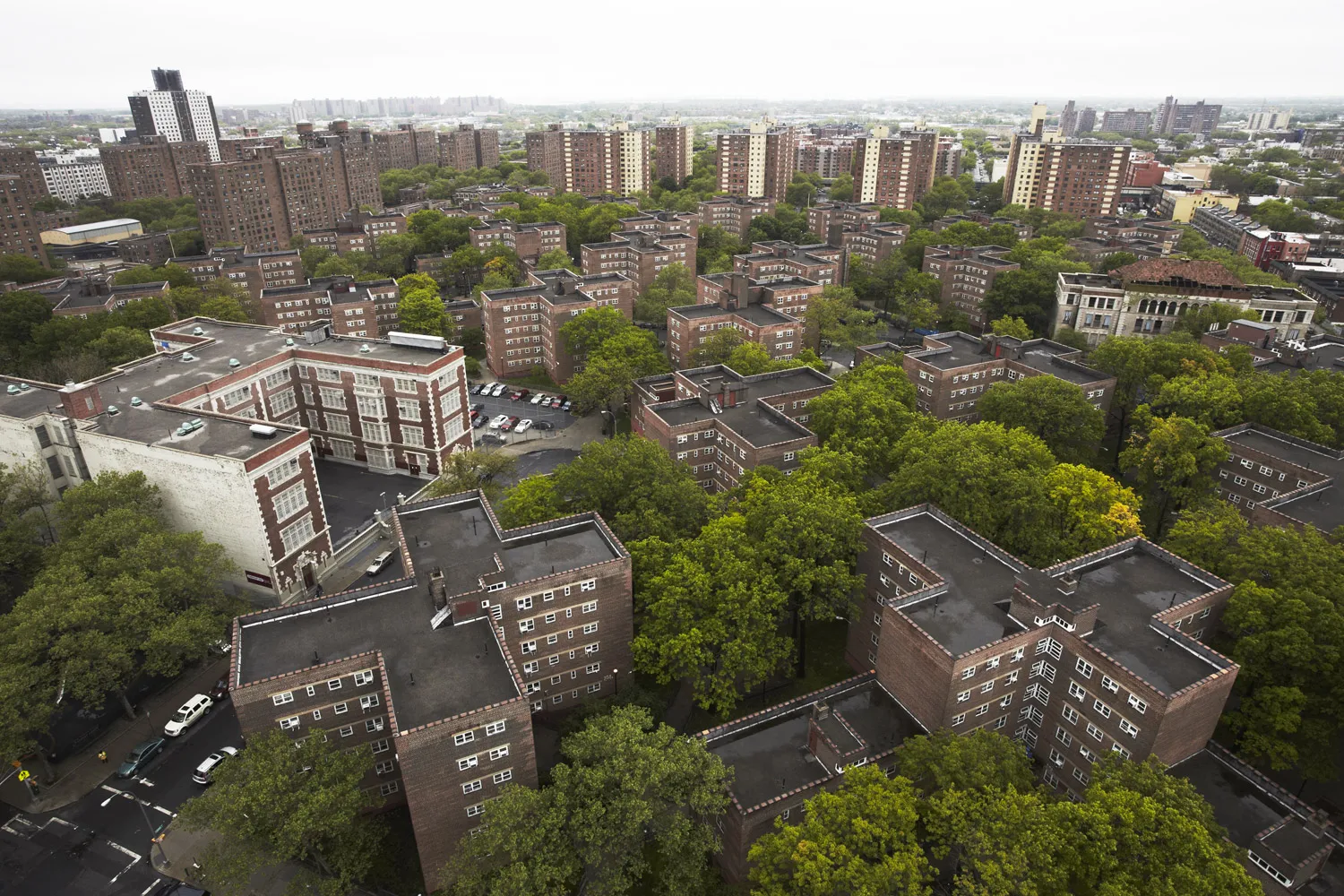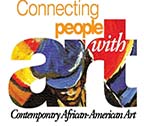Brownsville, established in 1858 and named after its developer, Charles S. Brown, is known for its vibrant street art scene. Located in the easternmost part of Brooklyn, Brownsville is bordered by Canarsie to the south, East New York to the east, Crown Heights, and Bedford-Stuyvesant to the north, and East Flatbush to the west.
Originally home to Dutch farmers, Brownsville was first called “New Lots” and later became a thriving community for Jewish factory workers. Change came, however, with World War II. In 1940 Black residents made up only 6% of Brownsville’s population. Ten years later the Jewish community had largely moved out and African American and Puerto Rican residents comprised 75% of the population.
While Jewish residents of Brownsville had faced ethnic discrimination, the conditions for the Black and Puerto Rican newcomers, most of whom were working-class, were much worse. They were frequently barred from certain public places in the community that still catered to Jewish patrons even if most of the Jewish population had vacated the area. The New York City Police Department typically treated Black residents far more harshly than their Jewish counterparts.
While Brownsville always had a crime-ridden reputation and was in the 1930s and 1940s the central base for Murder Inc., one of the city’s largest and most brutal criminal organizations, by the time Blacks arrived, street crime often associated with the poverty of the residents, increased dramatically. The landscape which had little green space, street trees and shade, added to the effects of poverty.
Poverty intensified by the 1960s when New York City located dozens of major public housing projects within a two square mile area in the community. By 1970 the projects held 21,000 of the area’s 55,000 residents. This staggering density gave Brownsville the unwelcome distinction of having the highest concentration of public housing in the United States.
By the 21st Century Brownsville began to see revitalization projects. In 2013, Pitkin Avenue, which lies within the vital commercial corridor of Brownsville, underwent redevelopment thanks to a New York City-sponsored Business Improvement District. This initiative included the development of a 12-unit condominium building by Habitat for Humanity. Additionally, the historic Loew’s Pitkin Theatre, originally opened in 1929, was restored to its original look. The theater had previously been leased to a church in the 1970s and later to a discount furniture store in the 1980s.
Today, Blacks, including many African and Caribbean immigrants, make up 81% of the 58,300 residents with Puerto Ricans and other, recent Latin American immigrants comprising 15.0%. Gentrification has not taken hold in Brownsville as in Harlem and Bedford-Stuyvesant. Here white residents comprise only 1% of the population and Asian Americans about 3%.
Brownsville has been a nurturing ground for numerous celebrities, including Eric Adams, the current Mayor of New York City, Rev. Al Sharpton Jr., Bernadette Stanis, who played Thelma Evans on the 1970s CBS sitcom, Good Times, rapper and producer Angel Luis Aguilar, professional boxer Mike Tyson, the rap group M.O.P. (consisting of Billy Danze and Lil’ Fame), jazz bassist Ahmed Abdul-Malik, and actor and dancer Jelani Alladin.
Do you find this information helpful? A small donation would help us keep this available to all. Forego a bottle of soda and donate its cost to us for the information you just learned, and feel good about helping to make it available to everyone.
BlackPast.org is a 501(c)(3) non-profit and our EIN is 26-1625373. Your donation is fully tax-deductible.
Byron Nicholas, “The Master Planners of New York: Inside Look at Brownsville, BK,” https://www.blackandurban.com/sustainability-habitation/2020/1/15/the-master-planners-of-new-york-inside-look-at-brownsville-bk;
Feifei Sun, “Brownsville: Inside One of Brooklyn’s Most Dangerous Neighborhoods,” https://www.time.com;
“Race and Ethnicity in Brownsville, New York, New York (Neighborhood),” https://statisticalatlas.com/neighborhood/New-York/New-York/Brownsville/Race-and-Ethnicity#google_vignette.

